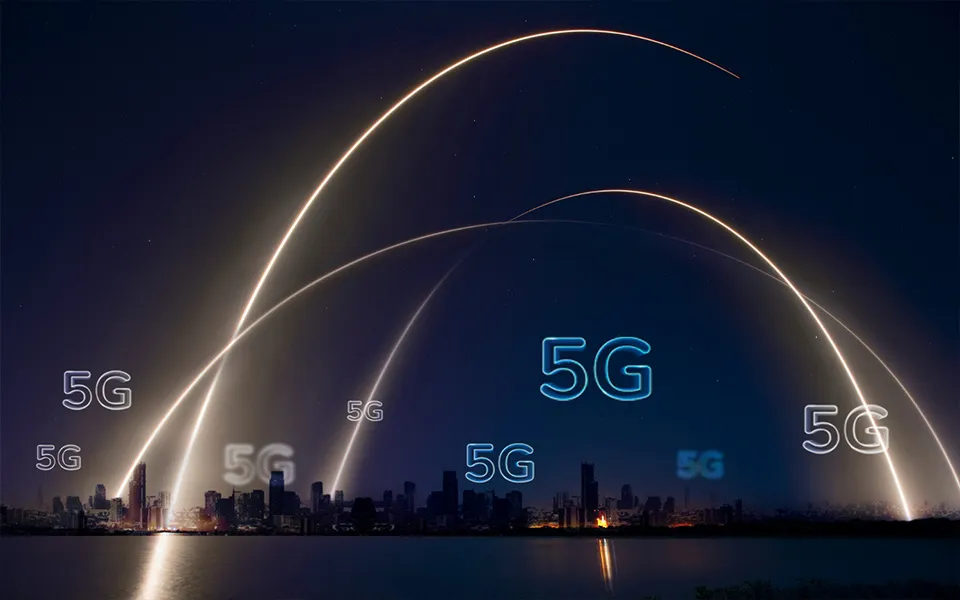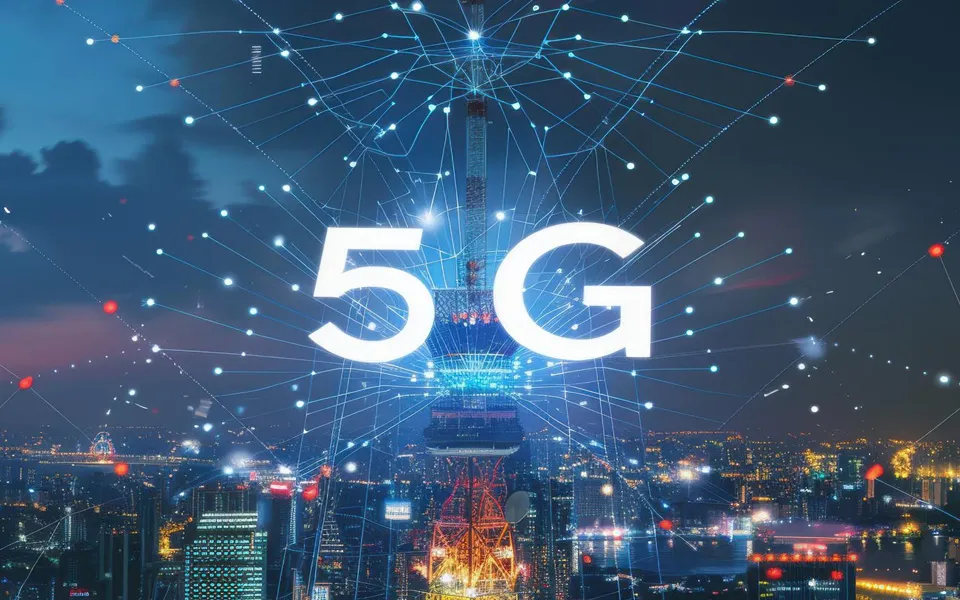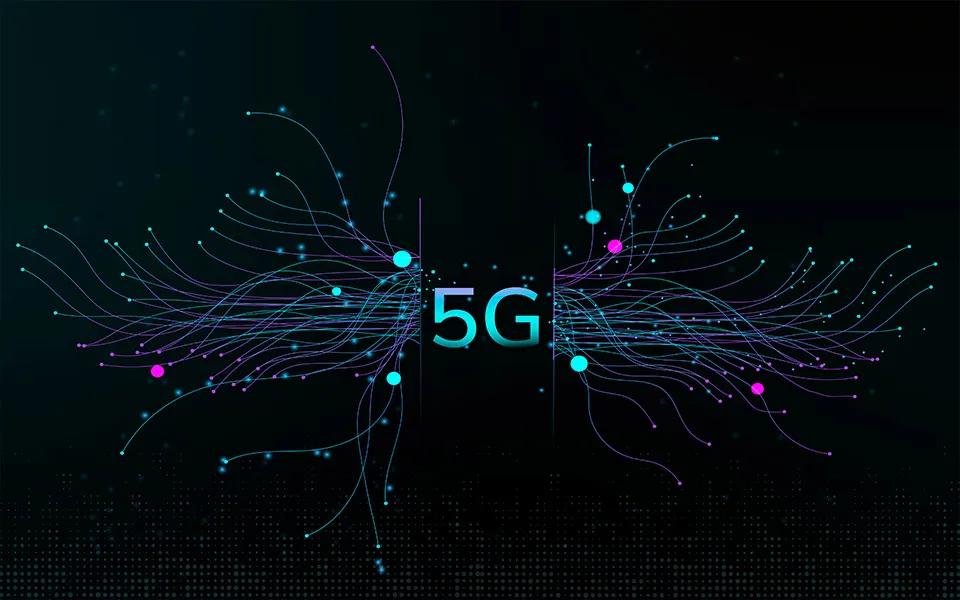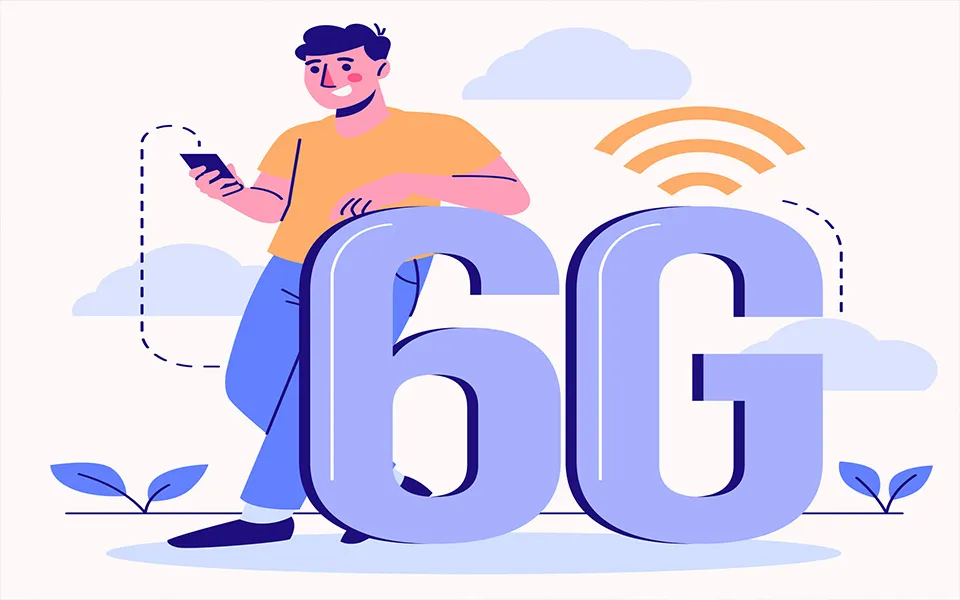Does 5G Affect Our Health? An In-Depth Analysis
The advent of 5G technology has sparked significant debate and concern regarding its potential health effects. As the fifth generation of wireless technology, 5G promises faster data speeds, lower latency, and the ability to connect a vast number of devices simultaneously. However, the question remains: does 5G pose any health risks?

Understanding 5G Technology
5G operates on higher frequency bands of the electromagnetic spectrum compared to its predecessors, 3G and 4G. These frequencies range from 3.5 GHz to several tens of GHz. The technology uses a method called beamforming, which directs data signals straight to devices rather than broadcasting them in all directions. This efficiency is one of the key advancements of 5G.
The higher frequency bands used by 5G, known as millimeter waves, can carry more data at faster speeds. However, they have a shorter range and are more easily blocked by physical obstacles like buildings and trees. To overcome this, 5G networks require a greater number of small cell towers placed closer together, which has raised concerns about increased exposure to electromagnetic fields (EMFs).
Electromagnetic Fields (EMFs) and Health
Electromagnetic fields (EMFs) are produced by all wireless technologies, including 5G. EMFs are categorized into ionizing and non-ionizing radiation. Ionizing radiation, such as X-rays and ultraviolet light, has enough energy to remove tightly bound electrons from atoms, potentially causing cellular damage and increasing cancer risk. Non-ionizing radiation, which includes the frequencies used by 5G, does not have enough energy to ionize atoms.
Non-ionizing radiation is generally considered less harmful than ionizing radiation. The primary concern with non-ionizing radiation is its potential to cause tissue heating. When the body absorbs electromagnetic energy, it can cause a slight increase in temperature. This effect is well-documented with the frequencies used by mobile phones (1.8 to 2.2 GHz), but the impact of the higher frequencies used by 5G is still being studied.
Current Research and Findings
- Tissue Heating: One of the primary concerns with EMFs is tissue heating. When the body absorbs electromagnetic energy, it can cause a slight increase in temperature. Studies have shown that the frequencies used by mobile phones (1.8 to 2.2 GHz) can cause tissue heating. However, this effect is minimal and short-term. The Federal Communications Commission (FCC) states that the public is exposed to very low levels of EMFs, which are insufficient to cause significant tissue heating.
Research on the higher frequencies used by 5G suggests that they are absorbed superficially by the skin and do not penetrate deeply into the body. This means that any heating effect is likely to be limited to the skin and is unlikely to cause significant health issues. However, more research is needed to fully understand the long-term effects of exposure to these frequencies.
- Cancer and Other Health Risks: The World Health Organization (WHO) and other health agencies have conducted extensive research on the potential health effects of EMFs. To date, there is no conclusive evidence linking 5G to cancer or other serious health issues. The FCC and other regulatory bodies have established safety guidelines to ensure that EMF exposure remains within safe limits.
Some studies have suggested a possible link between long-term exposure to EMFs and certain types of cancer, but the evidence is not strong enough to draw definitive conclusions. The International Agency for Research on Cancer (IARC) has classified radiofrequency EMFs as “possibly carcinogenic to humans” based on limited evidence from human studies and inadequate evidence from animal studies. This classification means that there is some evidence of a potential risk, but it is not strong enough to be considered conclusive.
- Mixed Results in Studies: While some studies have suggested potential health risks associated with EMFs, the results have been inconsistent. For instance, a small 2017 study indicated that older individuals might experience more EMF-related tissue heating due to reduced skin thickness and blood flow. However, these findings are not universally accepted, and more research is needed to draw definitive conclusions.
Other studies have looked at potential effects on the nervous system, reproductive health, and other aspects of human health, but the results have been mixed. Some studies have reported no significant effects, while others have suggested possible risks. Overall, the current body of evidence does not provide a clear picture of the potential health effects of 5G, and more research is needed to address these uncertainties.
Expert Opinions
Experts in the field of radiology and biomedical imaging emphasize that the non-ionizing radiation used by 5G is fundamentally different from ionizing radiation, which is known to cause cancer at high doses. According to Christopher Collins, Ph.D., a professor of radiology at New York University, the technology works similarly to previous generations but with higher frequencies. Henk De Feyter, Ph.D., from Yale School of Medicine, also notes that the health risks associated with 5G are minimal compared to the benefits it offers.
Dr. Collins explains that the higher frequencies used by 5G are absorbed more superficially by the skin and do not penetrate deeply into the body. This means that any potential health effects are likely to be limited to the skin and are unlikely to cause significant harm. Dr. De Feyter adds that the benefits of 5G, including faster data speeds and improved connectivity, far outweigh any potential risks.
Other experts have also weighed in on the debate. Dr. Kenneth Foster, a professor of bioengineering at the University of Pennsylvania, points out that the exposure levels from 5G are well below the safety limits established by regulatory agencies. He emphasizes that the current evidence does not support the idea that 5G poses a significant health risk.
Conclusion
Based on current research and expert opinions, there is no substantial evidence to suggest that 5G technology poses significant health risks. The non-ionizing radiation used by 5G is considered safe within the established exposure limits. However, as with any new technology, ongoing research and monitoring are essential to ensure public safety.
As we continue to embrace the advancements brought by 5G, it is crucial to stay informed and rely on scientific evidence rather than unfounded fears. The benefits of 5G, including faster connectivity and support for emerging technologies, are poised to transform various industries and improve our daily lives.








